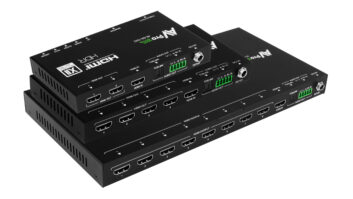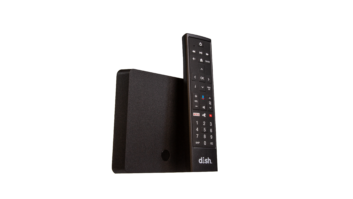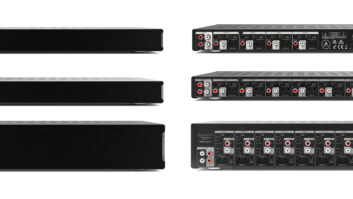Last week I brought my 10-year-old daughter to the largest mall in our area. In fact, the Walden Galleria is the biggest mall in the Buffalo-Niagara region, as well as the busiest, with more than 18 million shoppers annually from both Canada and the U.S. Like most malls, JCPenney, Macy’s, and Lord & Taylor anchor the concrete beast.

An artist’s depiction of the planned Hudson Yards project.
Sears just announced this location is one of the stores they will be closing. What shocked me, however, was the amount of empty storefronts that once held retailers I’ve known since my childhood. And this is not a local problem, either.
Macy’s recently announced that it would eliminate 10,000 positions, and the Limited announced this week that it would close all 250 of its stores, eliminating 4,000 jobs. Sears is closing 150 more stores and sold the Craftsman brand to Stanley Black & Decker.
Are the brick and mortar retailers suffering from a life-altering hemorrhage? If so, what is the future of retail?
The New Mall. Business2Community said that if malls want to survive, then they need to evolve. They need to become a neighborhood place beyond just stores—selling home goods and services. The mall of tomorrow may be equipped with doctors’ offices, business offices, and maybe even apartments.
Construction on Hudson Yards in Manhattan has already begun, and it will span seven city blocks. “Built from the ground up, Hudson Yards is a triumph of culture, commerce, and cuisine; a technological marvel that pairs style with sustainability; a convergence of parks and public space,” the project’s website proclaims. “In this new heart of New York, people come together to work, live, and play—to enjoy chef-driven restaurants or shop the world’s iconic brands—where experts and icons collaborate on the defining work of their lives, driving Hudson Yards boldly into the future.”

Cities within Cities may be the next evolution of today’s mall.
The New Way to Search. While everyone these days is collecting product research online, there’s also a basic human need to see, touch, feel, (and try on) before purchasing. The experience is an essential desire. Take that need and add the ability for one to search for the product, and you may find a winning combination.
Google has provided data supporting this consumer trend; the mobile data shows that “half of all consumers who conduct a local search on their smartphone will visit a store the same day, and 18 percent of those searches will result in a purchase. Eighty-eight percent of “near me” searches are trafficked from mobile devices, and those mobile searches are growing at a rate of 146 percent a year.”
A New Way to Shop. Lighting, color, scent, sound, and even taste are becoming essential differentiators, according to Business2Community. The customer experience is all encompassing. A store today isn’t just about the products and services you expect to find there. Lucky for us in the AV world, we can create an experience like no other with the products that we offer, and then sell them as the experience, so the products won’t be shopped as easily.
Yes, we are competing with Amazon, but even they are looking to open brick-and-mortar locations. Sure, they drove Blockbuster, Borders, and RadioShack out of business. Sure, they dominated the holiday season with nearly 40 percent of all online purchases happening during peak periods (moneymagazine.com). Sure, you can get just about anything directly to your door in two days. Sure, if it weren’t for online retailers, there would be 1.2 million more retailing jobs in the U.S. And yet, the company, which employs 180,000 currently in the U.S., has announced it is adding 100,000 more. Amazon is quiet about where those jobs will land. Therefore, rumors are flying that the giant could be opening anything from a grocery store, to bookstores (one is already slated for New York City) and beyond.
Once thing is for certain: the landscape of retail is transforming, and we must change with it or be left the way of those companies our children won’t know the name of.







